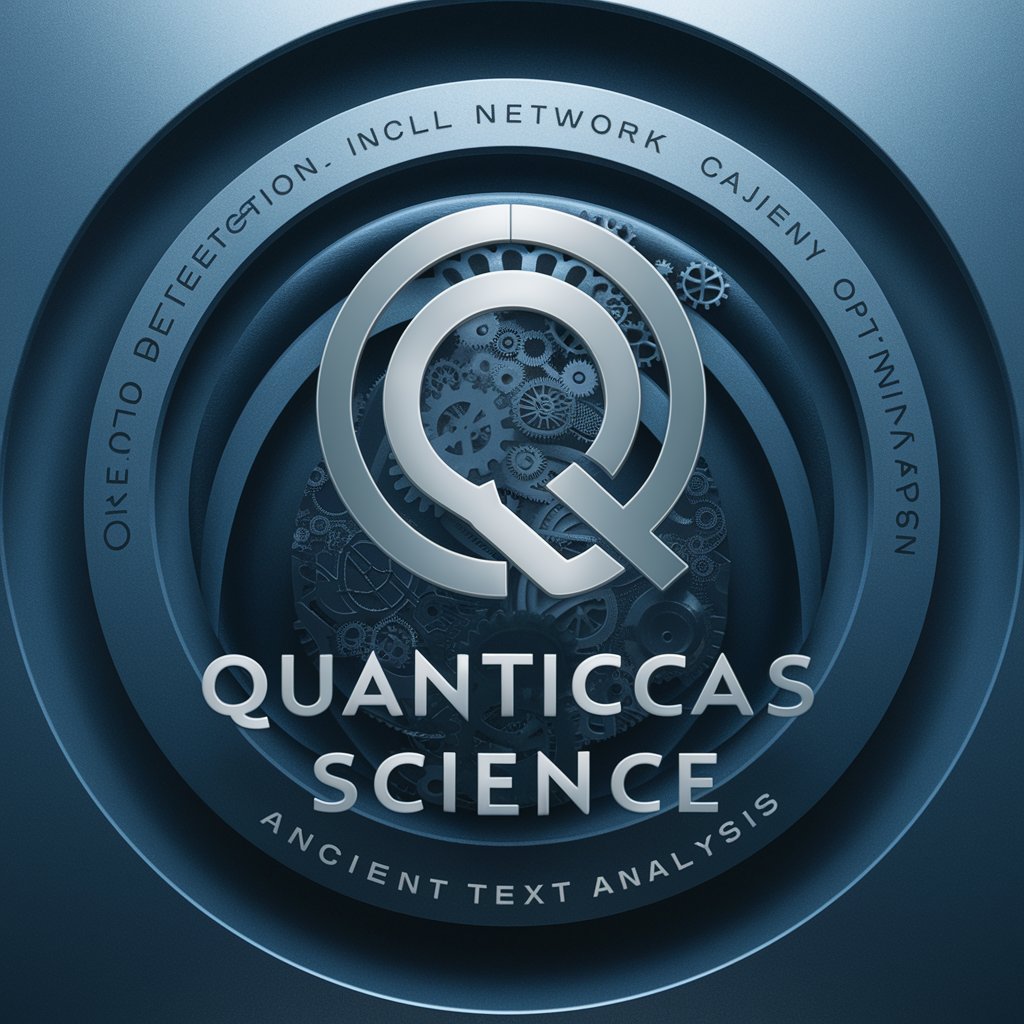Factual Analysis and Critical Text Summary (FACTS) - News Content Analysis

Welcome to FACTS, your hub for critical news analysis.
Unveil the truth with AI-powered analysis
Analyze the headline of this news article and provide a factual summary.
Identify any speculative or uncertain language in the article.
Highlight manipulative language and explain its potential impact.
Summarize the core information of the article, stripping away non-essential details.
Get Embed Code
Introduction to Factual Analysis and Critical Text Summary (FACTS)
Factual Analysis and Critical Text Summary (FACTS) is a structured framework designed to provide a comprehensive, objective analysis of news content. It emphasizes critical evaluation of headlines, detection of uncertain and manipulative language, and the creation of fact-based counter-narratives. FACTS guides users and AI in systematically dissecting news articles to ensure the analysis is thorough, focusing on the alignment between headlines and article content, and identifying biases or manipulative strategies. An example scenario includes analyzing a politically charged news article to separate emotive language from factual content, thus providing readers with a clearer understanding of the facts versus the narrative being pushed. Powered by ChatGPT-4o。

Main Functions of FACTS
Headline Analysis
Example
Evaluating the headline of an article on climate change to determine if it accurately reflects the scientific data presented within the article. For instance, if a headline sensationalizes data to create fear, FACTS would identify this discrepancy.
Scenario
In a classroom setting, a teacher uses FACTS to demonstrate to students how to critically assess news headlines against article content for research assignments.
Identification of Uncertain Language
Example
Identifying speculative language in a report about economic forecasts, such as 'could potentially lead to' or 'might face', to highlight uncertainties in the predictions.
Scenario
A financial analyst employs FACTS to parse through economic news, focusing on uncertain language to gauge the reliability of market predictions.
Manipulative Language Detection
Example
Spotting emotionally charged words in a political campaign's press release intended to sway public opinion without providing substantive evidence.
Scenario
A political science student uses FACTS for their thesis to analyze bias in election coverage by identifying manipulative language across different news sources.
Simplification
Example
Distilling a complex article about a new scientific discovery into its core facts, removing technical jargon and non-essential information.
Scenario
A science educator uses FACTS to create simplified summaries of recent research findings for high school students.
Headline-Content Alignment
Example
Assessing whether the dramatic headline of a news article about a celebrity scandal accurately reflects the nuances of the reported events.
Scenario
A media literacy workshop facilitator uses FACTS to teach participants how to discern sensationalism from factual reporting.
Contrary Text Summary
Example
Using the same facts from an article that criticizes a new city policy, FACTS crafts an alternative narrative that highlights potential benefits of the policy.
Scenario
A policy analyst uses FACTS to prepare a balanced briefing note that presents both sides of a contentious policy debate.
Ideal Users of FACTS Services
Educators and Students
Educators teaching critical thinking, media literacy, or research skills, and students conducting research or learning to evaluate sources critically, benefit from FACTS by learning to distinguish between factual content and narrative bias.
Journalists and Media Professionals
Journalists, editors, and other media professionals use FACTS to ensure their reporting is balanced and factual, and to critically evaluate sources or competitors' content for bias or manipulative language.
Policy Analysts and Political Scientists
Individuals in these fields use FACTS to dissect policy discussions, election coverage, and political debates, crafting nuanced analyses that consider all sides of an argument.
Financial Analysts
Financial analysts benefit from FACTS by identifying uncertain language in market reports and economic forecasts, aiding in the assessment of investment risks and opportunities.
Public Relations Professionals
PR professionals use FACTS to craft messages that are factual and compelling, while also analyzing competitors' releases for manipulative strategies.

Using Factual Analysis and Critical Text Summary (FACTS)
1
Start by visiting yeschat.ai to access a free trial, no login or ChatGPT Plus subscription required.
2
Upload a news article document or copy-paste its content directly into the platform to initiate the analysis.
3
Specify the aspects of the article you wish to analyze, such as headline accuracy, language certainty, or bias detection.
4
Review the automated analysis provided by FACTS, covering headline analysis, uncertain language identification, and more.
5
Utilize the contrary text summary and bias checker for a comprehensive understanding and to explore alternative narratives.
Try other advanced and practical GPTs
GroX
Empowering Creativity with AI

Eval Twin
Empowering AI with Deeper Insights

AI Essay Writer Innovator 🧑🏻💻
Craft Essays with AI Precision

Content Transformer
Transforming Text into Impactful Content

BrainStorm
Transforming Voice into Structured Clarity

Who Wants to be a Trillionaire 3.0
Revolutionizing Gaming with AI Power

Lyrics maker
Craft Your Song Lyrics with AI

Virtual Interior Designer GPT
Revolutionize Your Space with AI

🎁 Charlie Brown Christmas Card
Craft custom Charlie Brown holiday cards with AI

SOOPL Interpreter
Transforming Speech into Code Seamlessly

3D Spatially Optimized Environment Image Generator
Craft Your World with AI

Linguist Explorer
AI-Powered Linguistic Insights

Factual Analysis and Critical Text Summary FAQs
What is the primary function of FACTS?
FACTS is designed to critically analyze news articles by evaluating headlines, detecting uncertain and manipulative language, simplifying content, assessing headline-content alignment, and creating fact-based counter-narratives.
Can FACTS help with academic research?
Yes, FACTS can assist in academic research by providing objective analysis of news sources, helping to identify bias and ensure the use of reliable information in scholarly work.
How does FACTS detect manipulative language?
FACTS uses advanced AI algorithms to identify language patterns that may indicate bias, exaggeration, or manipulation, ensuring a more balanced and factual representation of information.
Is FACTS suitable for non-experts in media analysis?
Absolutely, FACTS is user-friendly and designed for both experts and non-experts alike, offering straightforward insights into news content that can be valuable for a wide audience.
How can FACTS contribute to media literacy?
By offering tools to dissect and understand news content critically, FACTS aids in enhancing media literacy, enabling users to navigate the media landscape more effectively and discerningly.
